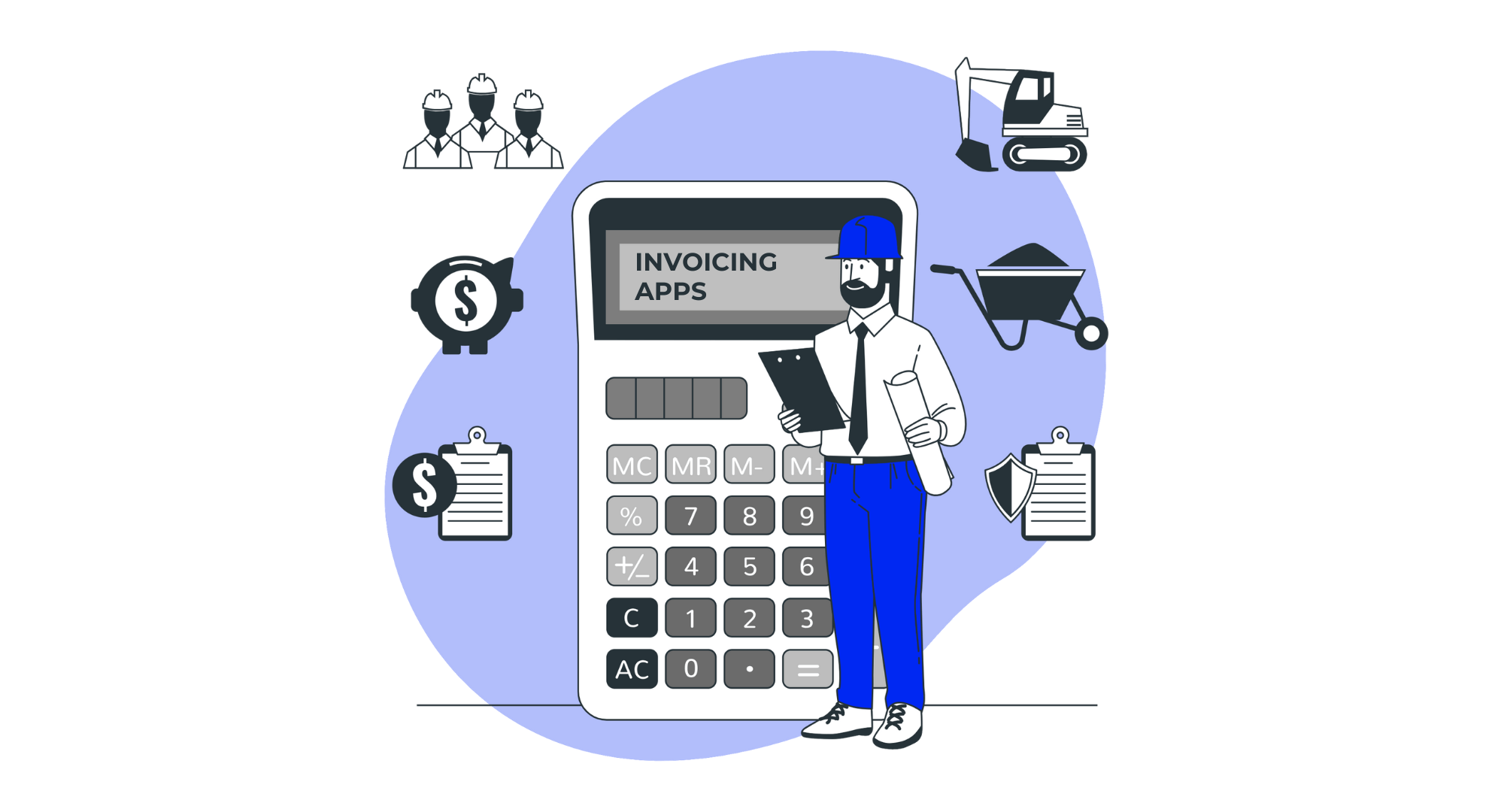
Success in modern business is measured not just by profits, but by a nuanced understanding of financial metrics. At the heart of this understanding lie Financial Key Performance Indicators or Financial KPIs. These metrics are the compass that guides businesses toward their goals, helping them navigate through the complexities of markets, costs, and revenues.
KPIs provide valuable data, offering a clear and objective view of a company’s financial standing. As such, they serve as the foundation for building sound business strategies. So, in this article, we’ll outline 5 financial KPIs that play a pivotal role in steering business growth.
Financial vs Non-Financial KPIs
Basically, KPIs are quantifiable and measurable metrics that businesses use to evaluate, track, and assess their performance in specific areas critical to their objectives. KPIs come in various forms, tailored to address different facets of a business’s operations and goals. Broadly, they can be categorized into two main types including financial and non-financial KPIs.
Financial KPIs are metrics directly related to the monetary aspects of a business. They encompass business expenses, revenue, profits, and other financial indicators that provide a snapshot of a company’s fiscal health.
These parameters are especially critical as they give a tangible representation of the financial viability and performance of a business. They are invaluable in decision-making processes, aiding in budgeting, investment planning, and financial strategy formulation.
Non-financial KPIs, on the other hand, measure aspects of a business that are not directly tied to monetary values. They cover metrics related to customer satisfaction, employee engagement, operational efficiency, and other qualitative factors.
These indicators are equally important as they provide insights into intangible but vital elements of business success. They help in understanding customer sentiment, employee performance, and operational efficiency, which are often pivotal to achieving long-term sustainability and growth.
Here’s a table outlining the differences between Financial and Non-Financial KPIs:
Aspect | Financial KPIs | Non-Financial KPIs |
Definition | Quantitative metrics tied to monetary values. | Qualitative or quantitative metrics not tied to monetary values. |
Examples | Revenue, Profit Margin, ROI, Earnings Per Share. | Customer Satisfaction, Employee Engagement, Brand Awareness. |
Purpose | Assess financial health and profitability. | Evaluate operational efficiency, customer satisfaction, and other intangible aspects. |
Measurement | Expressed in monetary terms like dollars or euros. | Expressed in percentages, ratings, or binary metrics (yes/no). |
Timeframe | Often short-term focused, like quarterly earnings. | Can be short-term or long-term, depending on the goal. |
Users | Primarily used by investors, analysts, and CFOs. | Used by various departments, including HR, marketing, and operations. |
Flexibility | Generally standardized and less flexible. | More flexible and can be tailored to specific organizational needs. |
Direct Impact | Directly impacts financial statements and valuations. | Indirect impact on financial performance through operational improvements. |
Importance of Financial KPIs for Business Strategy
Financial KPIs hold a special place in the evaluation framework of a business. They enable stakeholders to gauge profitability, liquidity, and overall financial stability. There are quite a few reasons why business stakeholders including managers, creditors, and investors keep an eye on these metrics and track them in progress.
Up-to-date Performance Measurement
Financial indicators provide a clear picture of how well the organization is meeting its financial objectives, both in the short and long term. By comparing actual results against predefined targets or industry standards, businesses can identify areas for improvement and make informed decisions.
Up-to-date performance measurement through financial indicators is crucial for accurately financial projections and guiding future strategic decisions.
Objective Decision-Making
In the dynamic business landscape, decisions should be based on solid data rather than gut feelings. Financial KPIs offer an objective foundation for decision-making. Whether it’s allocating resources, setting budgets, or evaluating investment opportunities, having accurate, reliable, and up-to-date metrics ensures that decisions are grounded in empirical evidence.
Early Detection of Issues
Financial KPIs act as early warning systems, enabling businesses to identify and address potential financial issues before they escalate. For instance, if a company’s liquidity ratio is deteriorating, it may indicate a looming cash flow problem. Prompt attention to such indicators will help prevent financial crises and maintain stability.
Goal Alignment
KPIs align employees’ efforts with the company’s strategic goals. When employees understand which metrics are critical to the company’s success, they can direct their efforts toward achieving those targets. This alignment fosters a culture of accountability and ensures that everyone is working toward a common objective. To further motivate employees, it’s important to celebrate their efforts and contributions. Employee rewards and recognition play a crucial role in boosting morale and encouraging sustained performance.
Investor and Creditor Confidence
Investors and creditors closely scrutinize a company’s financial performance before making investment or lending decisions. Well-defined and consistently tracked financial KPIs provide transparency and instill confidence in stakeholders. They demonstrate that the company is actively managing its finances and can meet its obligations.
This attention to financial performance highlights the importance of understanding the differences between financial forecasts and financial projections in managing stakeholder expectations.
Resource Allocation and Optimization
By controlling their financial indicators, companies can distribute their resources in a much more efficient manner. For example, if a particular product line is consistently underperforming, management can redirect resources to more profitable areas. This ensures that capital and efforts are channeled where they can generate the highest returns.
Competitive Benchmarking
Financial KPIs also enable businesses to assess their performance relative to competitors. Benchmarking against industry peers provides valuable context and highlights areas where a company may be lagging or excelling. This information can be used to make strategic adjustments and gain a competitive edge.
Continuous Improvement
Regular monitoring of business fiscal indicators fosters a culture of continuous improvement. By tracking performance over time, companies can implement changes and innovations to enhance their financial position, stay agile in a changing market, and remain competitive in the long run.
By and large, financial KPIs can be split into 5 major groups including indicators related to revenue, profitability, liquidity, productivity, and risks, all of them directly impacting business strategies.
1. Revenue-Related KPIs
These metrics provide critical insights into the revenue streams, customer value, return on revenue and growth potential.
Gross Revenue
Also known as Gross Sales or Total Revenue, this metric stands for the total income generated by a business from its primary operations. It includes all sales revenue before accounting for any deductions, such as discounts, returns, or allowances.
It’s a fundamental indicator of a company’s scale and market presence that reflects the overall demand for its products or services. However, it’s important to note that while high gross revenue indicates a strong market presence, it doesn’t provide insights into the company’s profitability.
| Gross Revenue = Number of Goods Sold x Price Per Item |
Net Revenue
In contrast to gross revenue, It represents the revenue earned after accounting for returns, discounts, and allowances, providing a more accurate picture of a company’s actual earnings from its core operations.
Unlock the secrets of the Accounting Equation – Explore our article!
Net revenue is a crucial metric for assessing business profitability since it reflects the income that contributes directly to covering operational expenses and generating profits. Monitoring net revenue helps in understanding the effectiveness of pricing strategies and overall revenue management.
| Net Revenue = Gross Revenue – Returns & Allowances |



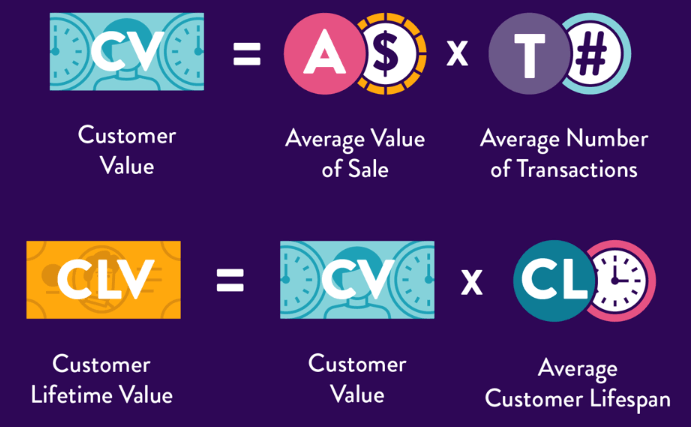 (
(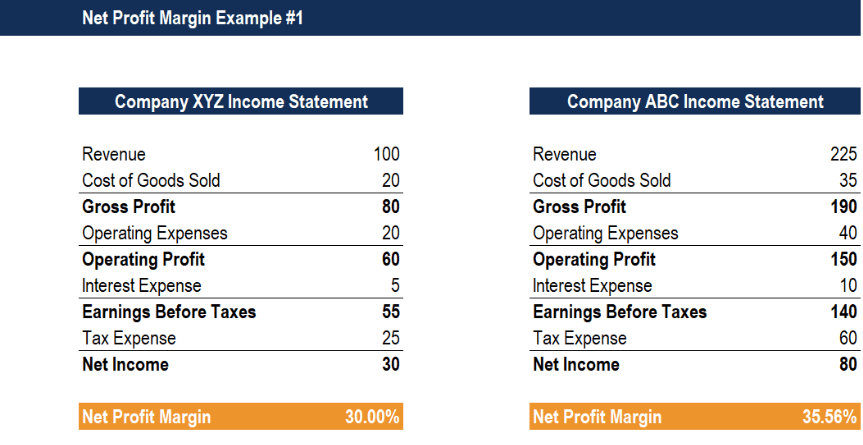 (
(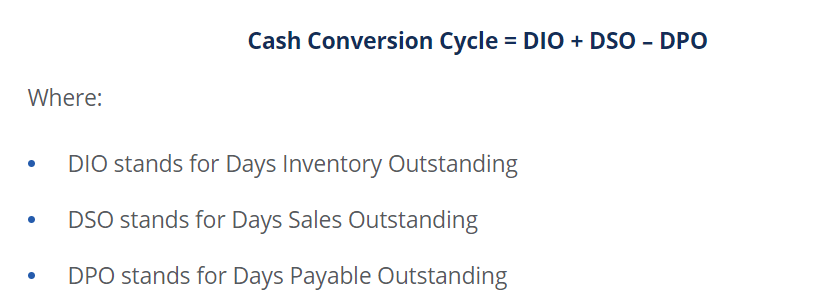
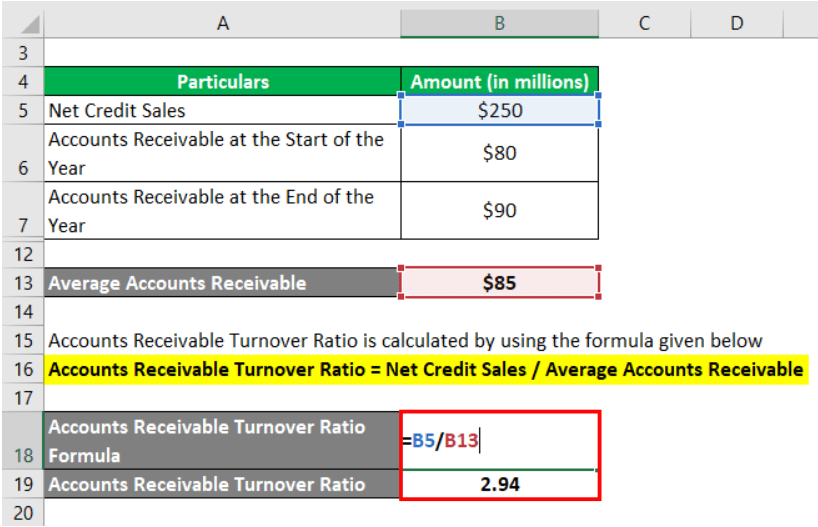 (
(




